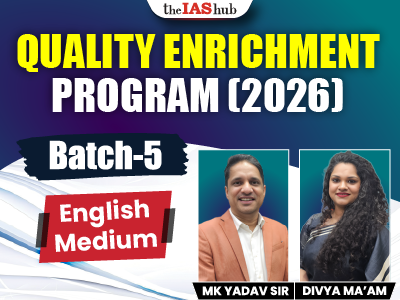Learn about water pollution in India, its causes, impacts on health and ecosystems, prevention measures, and government initiatives like Namami Gange and NPCA.

Water pollution is defined as the introduction or presence of undesirable substances in water, including organic, inorganic, biological, radiological, or thermal elements, leading to a significant decline in water quality, rendering it unsuitable for various uses. Out of its population of 1.4 billion people, 35 million people lack access to safe water.
RELATED TERMS
Biological Oxygen Demand (BOD): Measures the amount of dissolved oxygen needed by bacteria to decompose organic waste.
Limitation: Focuses on biodegradable materials.
Chemical Oxygen Demand (COD): Measures the oxygen required to oxidize organic and inorganic compounds in water samples.

| Lake Pollution | Ocean Pollution | Surface Water Pollution | Ground Water Pollution |
|
|
|
|
India’s comprehensive approach to addressing water pollution is demonstrating encouraging outcomes in terms of environmental conservation and public health. Through persistent governmental efforts and active community involvement, the nation is making significant strides toward achieving cleaner and safer water for everyone.
| Formula by The IAS Hub
C – Control Waste Disposal: scientific waste management L – Limit Chemical Use: in fertilisers, pesticides E – Encourage Water Conservation A – Awareness Campaigns N – Nature-Based Solutions: restoration of wetlands, mangroves, and riparian buffers Water pollution + High Population + Poverty + Poor health facilities = High mortality & Health cost |
PYQ
|
Are you preparing for UPSC 2025? Join IAShub’s UPSC coaching batches to boost your preparation. Enroll now!


Refine your answer writing skills and elevate your UPSC preparation with personalized support and expert feedback.
Fill out the form to get started with the program or any other enquiries !








Are you dreaming of becoming an IAS officer? Then, IAShub can be your best guide. It is one of the Best IAS Coaching in Delhi. Many students who want to clear the UPSC exam join IAShub for learning. The institute gives both online and offline classes. Their teachers are experienced and helpful. They easily explain every topic. Students also get notes, tests, and tips to do well in the exam.
IAShub is in Delhi and is trusted by many UPSC students. It offers coaching for every part of the UPSC exam – Prelims, Mains, and Interview. The classes are simple and easy to understand. The teachers are experts and guide students in the right way. IAShub is also known for its helpful notes, test series, and answer-writing practice. IAShub is the best coaching in Delhi and also gives UPSC Online Classes. This helps students from any place in India to learn. The online classes are live and also recorded. So, students can watch them anytime. These classes cover the full UPSC syllabus.
Here are some important services provided by IAShub:
The UPSC Civil Services Exam has three parts:
This exam is tough, but with the right guidance, it becomes easy to manage. Students must study smart and stay regular.
IAShub supports students from the beginning to the end. It gives the right books, tests, and notes. The classes are easy to follow, and the teachers are always ready to help. Students get personal doubt sessions too. The test series and answer checking help students learn where they need to do better. Also, free study materials save time and money.
IAShub also guides students during the final stage – the interview. Experts take mock interviews and give useful tips. This full support makes IAShub one of the best IAS coaching in Delhi.
